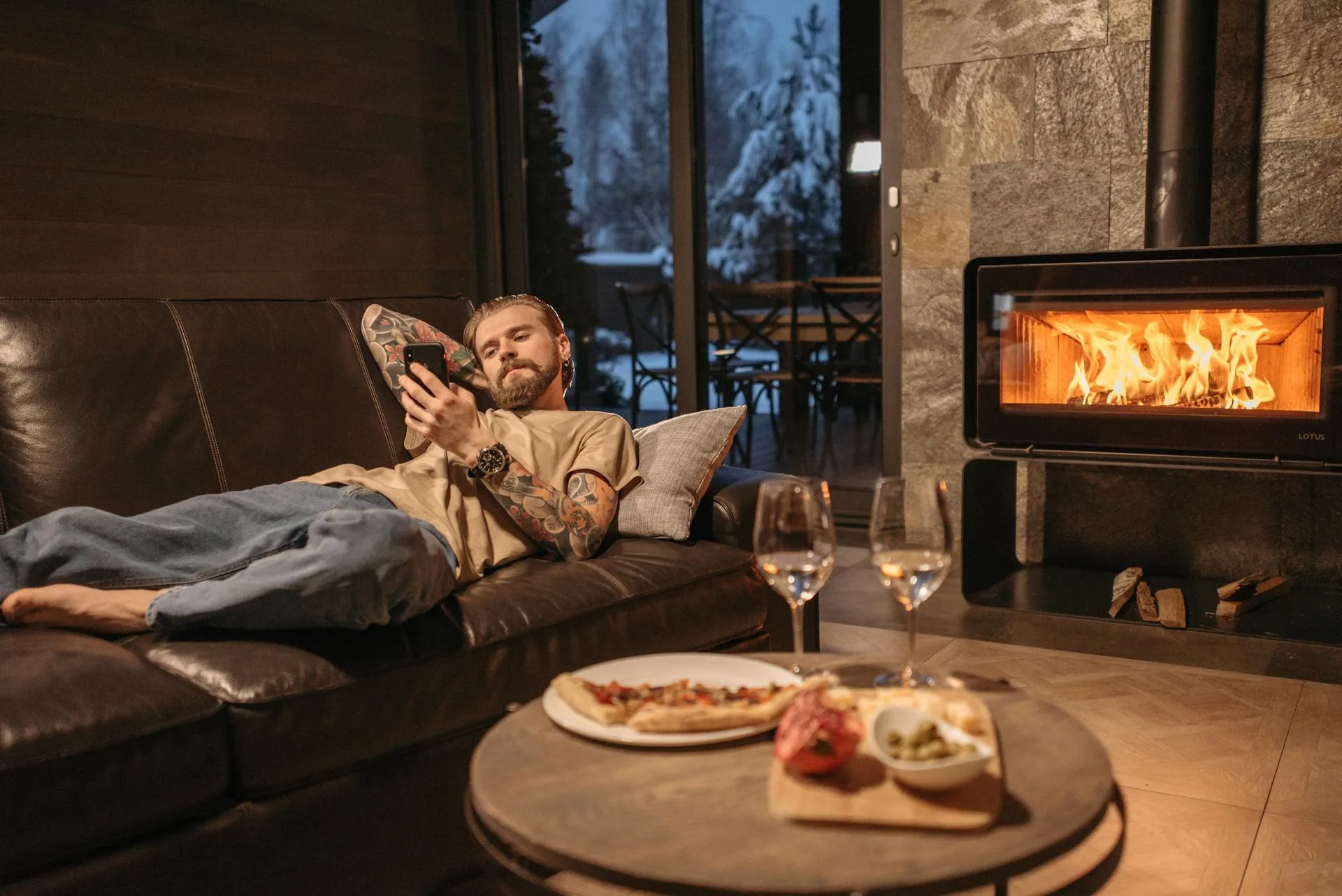Stay Toasty: Essential Home Fixes for a Warmer Winter
Before winter makes a full arrival, it’s smart to check up on a few things that help keep the cold out and the warmth in — especially during the wet and freezing months in Arlington, WA. When temperatures dip below freezing and rain turns to ice, even small home issues can turn into big discomforts.
This article walks you through simple but essential fixes to prepare your home for a cozy, efficient, and trouble-free winter.
Inspect and Seal Windows and Doors
Even a small draft from windows or doors can adversely affect indoor comfort. Cold air sneaking in through cracks forces your heating system to work harder and wastes energy. Feel for cold spots around window edges and door frames. If you notice air leaks, apply weatherstripping or caulk to seal them. Replacing worn-out seals or installing door sweeps can make your home much more efficient. For older windows, adding insulated curtains or using plastic window film helps reduce heat loss.
Get Your Furnace Checked
Before December arrives and the temperature in Arlington drops below freezing, your furnace should be ready to handle long hours of use. A furnace that isn’t maintained can stop working when you need it most. Regular inspection keeps your heating system efficient, prevents unexpected breakdowns, and helps reduce energy bills. It also ensures that your home heats evenly and safely, without the risk of carbon monoxide leaks. Dust, worn-out filters, and blocked vents can all affect performance. A professional technician can check for hidden issues, replace filters, and tune up the system for better airflow and heat distribution. For furnace repair in Arlington, WA, it’s always best to hire certified experts. They can detect early warning signs, fix them correctly, and ensure your heating unit runs smoothly throughout winter.
Add or Upgrade Insulation
Insulation is one of the most effective ways to keep heat inside your home. When insulation is thin, outdated, or damaged, warm air escapes easily, leaving you with uneven temperatures and higher utility bills. Check areas like the attic, basement, and crawl spaces first, since they lose heat the fastest. If the insulation feels damp, compressed, or patchy, it’s time for an upgrade. Modern materials like spray foam or fiberglass batts can make a big difference in comfort and energy savings. Proper insulation also prevents cold drafts along walls and floors, making your entire home feel more evenly heated.
Clean and Maintain the Chimney
A fireplace can make winter evenings more relaxing, but a neglected chimney can be dangerous. Over time, soot and creosote build up inside the flue, increasing the risk of chimney fires or smoke backing up into your living room. Before lighting your first fire of the season, schedule a professional cleaning. A chimney sweep will remove buildup, check for cracks, and make sure the damper opens and closes properly. This simple step improves fireplace efficiency, allowing fires to burn hotter and cleaner. It also helps prevent harmful gases from leaking indoors. If you use your fireplace regularly, clean it at least once a year to keep it safe and functional.
Check for Roof Leaks and Gutter Blockages
Winter brings heavy rain, snow, and ice that can put your roof to the test. Even a small leak can lead to major water damage if ignored. Before the cold weather settles in, inspect your roof for missing shingles, cracks, or signs of wear around vents and chimneys. If you notice dark streaks, sagging spots, or soft areas, those could signal hidden moisture problems. Clearing your gutters is just as important. Leaves, twigs, and debris can block water flow, causing ice dams to form when temperatures drop. Ice dams trap melting snow, which can seep under shingles and cause leaks inside your home. Clean the gutters, make sure downspouts direct water away from the foundation, and trim overhanging branches that could drop more debris. These simple maintenance steps keep your home protected through harsh weather.
Protect Your Pipes from Freezing
Frozen pipes are one of the most common and expensive winter problems. When water freezes inside the pipes, it expands. As a result they could burst, leading to flooding and costly repairs. To prevent this, insulate pipes that run through unheated spaces like basements. Foam pipe sleeves or even heat tape can make a big difference. During extremely cold nights, keep cabinet doors open under sinks to let warm air circulate around pipes. If you’re leaving home for a few days, don’t turn the heat off completely — keep it at a moderate temperature. Taking these precautions ensures your plumbing system stays safe and functional throughout winter.
Upgrade to a Smart Thermostat
A smart thermostat can make a big difference in how efficiently your home stays warm. Unlike standard models, smart thermostats learn your habits and automatically adjust temperatures to match your daily routine. You can set schedules, monitor energy use, and control settings remotely through an app. If you’re away during the day, the thermostat lowers the heat to save energy and warms the house before you return. Some models also track humidity levels and send maintenance reminders, helping you catch problems early.
Check Carbon Monoxide and Smoke Detectors
As heating systems run more often during winter, the risk of carbon monoxide leaks increases. Carbon monoxide is odorless and colorless, making it especially dangerous if unnoticed. Test all detectors in your home and replace batteries if they’re low. If your detectors are more than ten years old, install new ones for better reliability. It’s also important to have smoke detectors on every level of your home, especially near bedrooms. Fires are more common in winter due to increased heater and fireplace use, so keeping your detectors in good working condition is essential. Regular testing gives you peace of mind, knowing your home and family are protected even while you sleep.
Winter has a way of testing every corner of your home. But those who prepare often find the season much easier to handle. A warm, safe home isn’t just about comfort — it’s about being ready for whatever the weather brings. Taking time now to handle the essentials means you can enjoy the quiet beauty of the colder months without constant worry. Whether you’re watching the first snowfall or sitting by the fire, you’ll know your home will take care of you. That’s what real winter comfort feels like.





